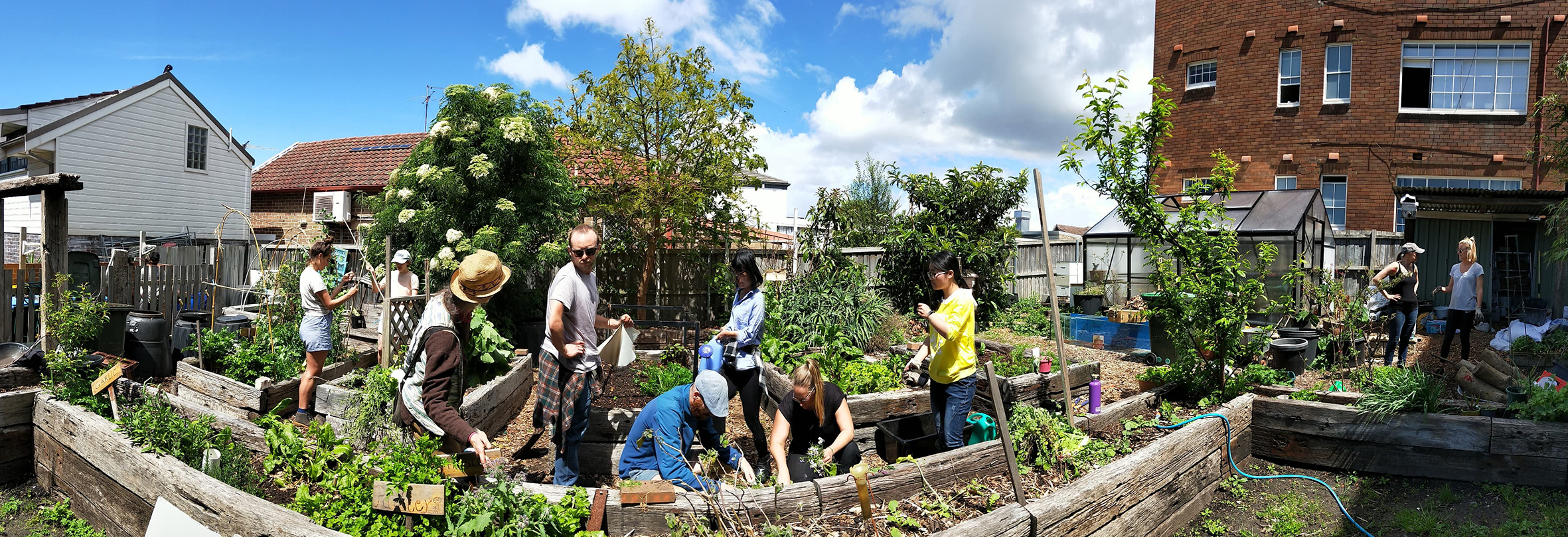Learning and Practicing Rotational Planting in the Community Garden
Words by Jade Peace
On the 13th of October, we had a very special garden bee, although the morning began quite cold, grey and drizzly, I was excited and full of anticipation for the day ahead. You see, earlier that week, Kit, Lance and I met with Jon Kingston on a windy and cold evening in the garden. Jon is an experienced gardener with a wealth of knowledge from all his projects around Sydney including Wayside’s Gardens (check out the great work here). He generously shared several hours of his time with us, taking us through a thorough workshop on rotation cropping and helped us devise a plan to implement rotations in our garden beds at 241. Rotation cropping is when you change the type of plants in your garden bed approximately every 4 months. If done wisely, this can improve food production, reduce the need for fertiliser, and improve garden hygiene by minimising the risk of diseases.
A few key points I took away from Jon’s intro to rotation cropping
-
- A Vegan Cropping Succession Looks like this, and you would add compost before fruit and leave steps.
- Legumes – 4 months – legumes add nitrogen to the soil
- Fruits – 4 months – use nitrogen
- Legumes – 1 – 2 months – green manure (nutrient top-up)
- Leaves – 4 months – use nitrogen
- Roots – 4 months – need less nitrogen so they concentrate on growing big roots.
- Within each rotation do companion planting (i.e. plants that help each other grow well, plants that grow well together). Things to consider when picking companions:
- A Vegan Cropping Succession Looks like this, and you would add compost before fruit and leave steps.
- Needs of plants – light/shade, space, pest management)
- Length of time until harvest – lettuce, for example, you can get ~ 6 cycles (i.e. crops) per rotation.
- Diversity – flowers (pest management and pollinators)
- What you would like to eat in that season
-
- Don’t plant the same species (or even family!) in the same bed within 2 years. This prevents the risk of disease.
- Keep a logbook! – This is so important to help track what you have done and as a reminder of what was planted so, you don’t plant same species within 2 years.
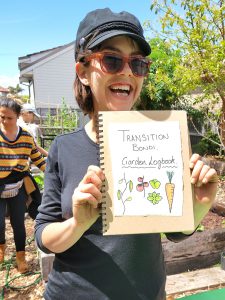
Full of all this new information, with Jon’s wisdom still ringing in my ears, I was eager to make a start at 241. And how wonderful that I could share this task with the community. 15 people, some new and some regular garden helpers, attended the October working bee. After introductions and a bit of an explanation of rotation cropping, we jumped into work. Gloria described us as bees in a colony, we each had a role and each role fitted together to make the whole project come together. The garden seems to have this magic about it, strangers come together, learn together, share knowledge, help each other and become friends.
In two short hours we achieved so much:
- Helen and Emma sorted the seed library into: legumes, fruits, leaves, roots. And planted seedlings from the greenhouse into their appropriate bed.
- Lance, Wibke, Hannes, Isabelle, Renata, Stella, Devang: set up 4 garden beds as legumes, leaves, fruits and roots respectively.
- 1 bed per group harvested or transplanted plants that don’t fit their category and planted ones that do,
- Kit, Cass, Emma, Kimmy, Yarra made up the compost team who did an excellent job emptying bins of ready compost and using it to top up the new leaf and fruit beds with crumbly, nutrient rich, homemade compost. This also creates much needed space for our community composters to drop scraps.
- Tiago was the Logbook Keeper: an important job beautifully done as he meandered around the garden enquiring what people were removing and planting and jotted it all down.
- Gloria photographed and documented.
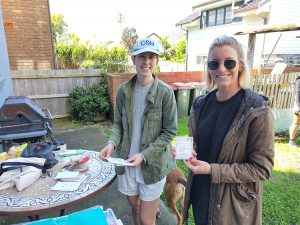
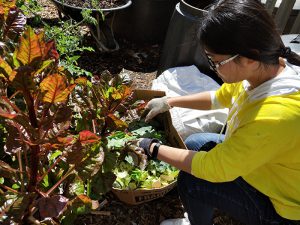
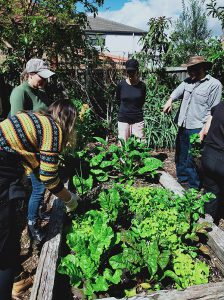
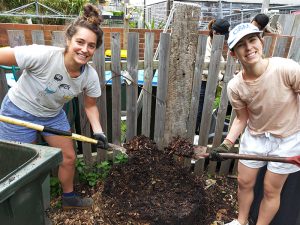
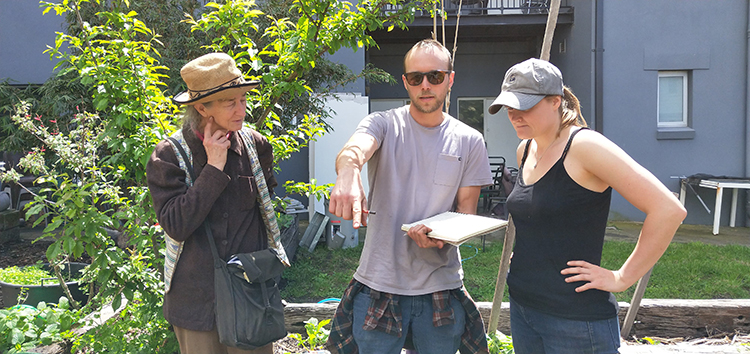
By the end of the working bee, the sun was shining down and we shared out the plentiful harvest amongst everyone. We closed the event by coming together to each share a highlight with the group over a cup of tea and a homemade biscuit while taking in the beautiful sight of the garden, poised and ready to grow!!
Looking forward to seeing many of you again next month or on Wednesday mornings.
Till next time,
Jade

